Odd Shaped Garden Ideas: Creative Solutions for Unique Spaces
Creating a beautiful garden can be a challenge, especially when you have an unusual or awkwardly shaped space. These types of gardens can be long and narrow, L-shaped, or even tapering, making traditional designs hard to implement.
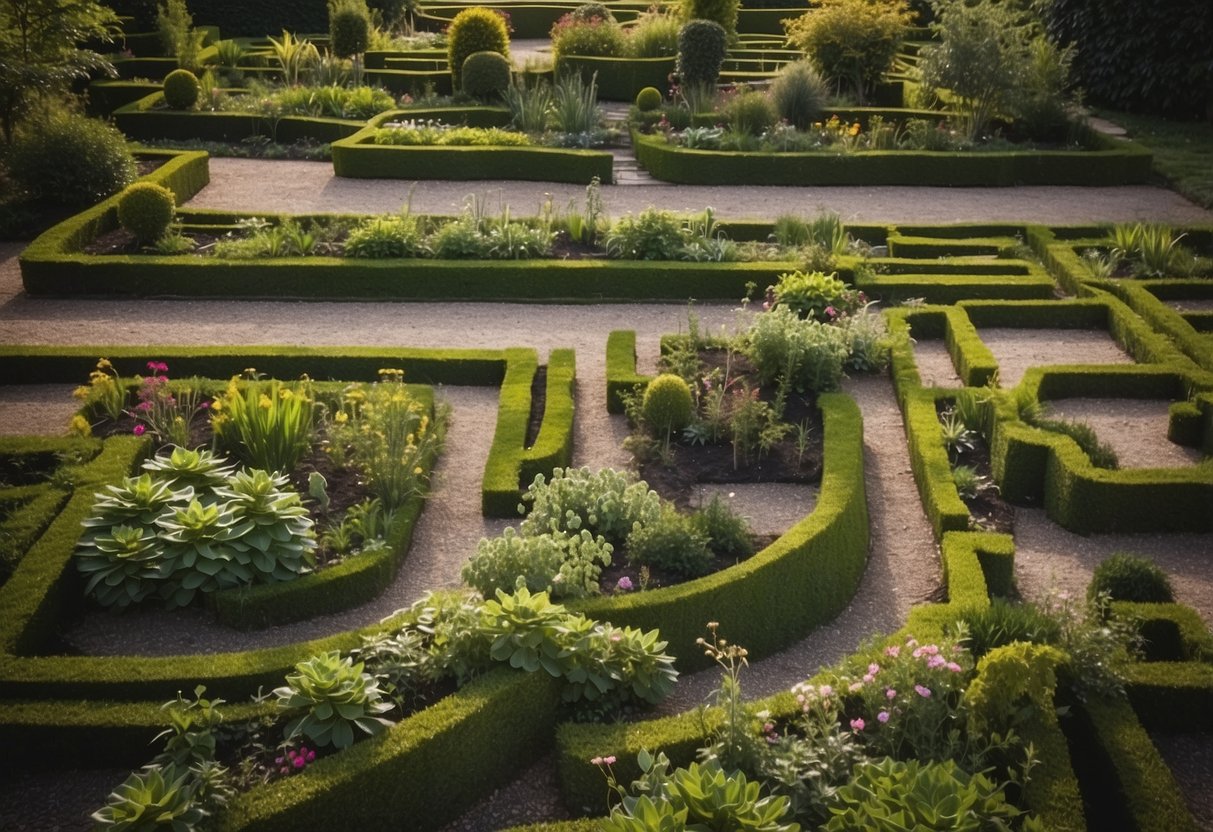
How do you turn an odd-shaped garden into a charming and functional space? With the right techniques and creative ideas, you can transform any garden into a stunning outdoor area that you’ll love to spend time in. Whether you’re a seasoned gardener or a novice, there are plenty of ways to make the most of your unique garden shape.
1) Serpentine Pathways
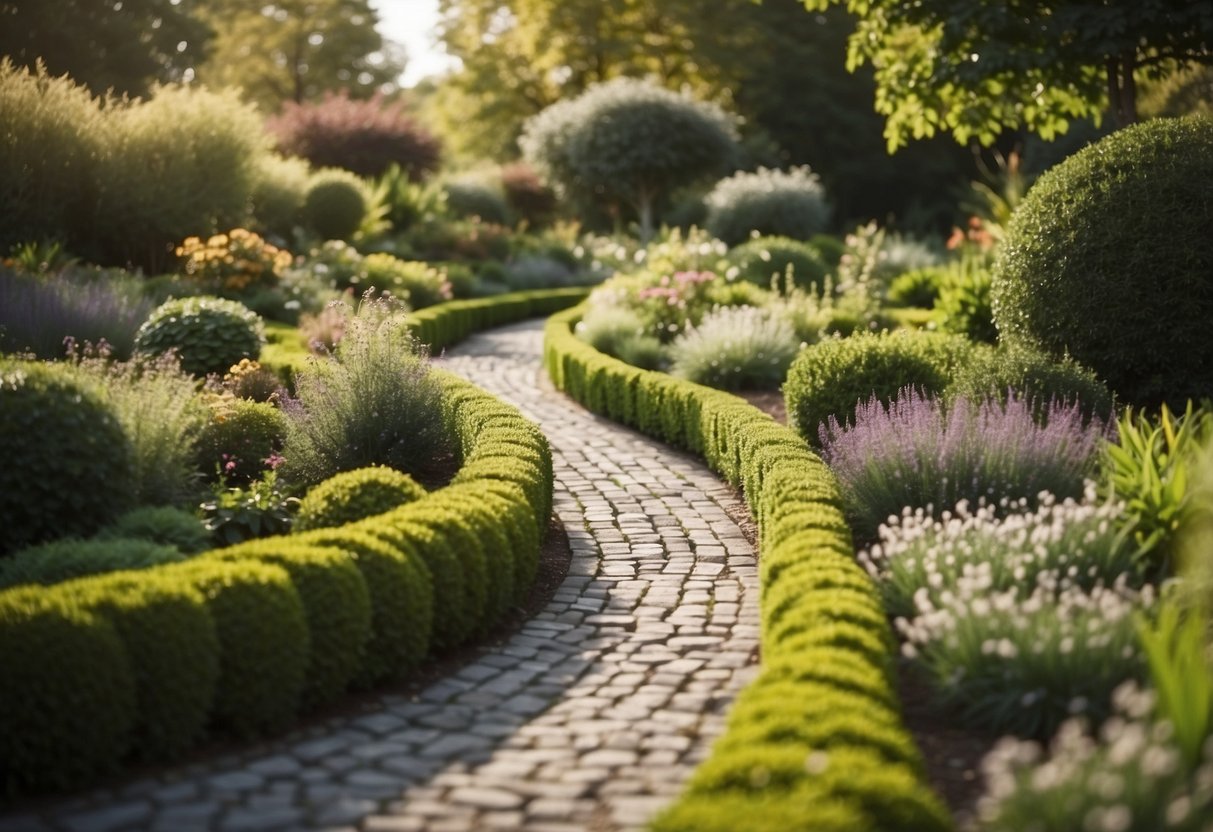
Creating serpentine pathways in an odd-shaped garden can add charm and visual interest. These winding paths can guide you through the space, making the garden feel larger and more intriguing.
Use materials like gravel or pebbles, which are easy to lay and can adapt to curved shapes. You can find some ideas here.
Adding plants along the edges of the pathway enhances the look, and placing decorations or garden features at turns can create delightful surprises as you walk through your garden.
2) Asymmetrical Stepping Stones
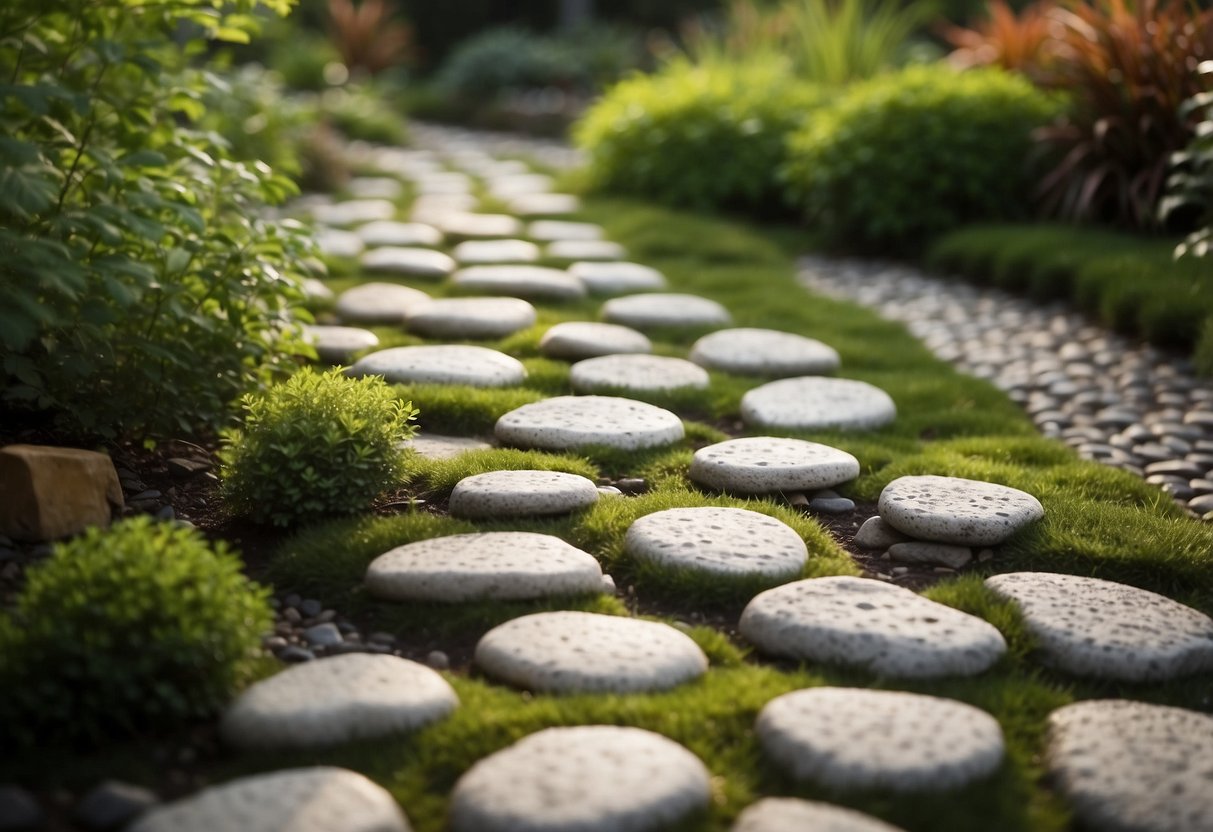
Asymmetrical stepping stones can add a unique charm to your garden. By placing them in an uneven pattern, you create a more natural and relaxed feel.
Use different shapes and sizes to keep things interesting. Consider using materials like limestone or sandstone to encourage moss growth, which adds a touch of greenery.
For a fun twist, mix in some mosaic stones for unexpected pops of color and texture. This approach makes your pathway look more creative and engaging.
3) Geometric Garden Beds

Geometric garden beds make your garden look modern and stylish. You can use shapes like circles, triangles, or hexagons to create visual interest.
Raised garden beds in geometric shapes can help define different areas. They are also great for managing small or oddly shaped spaces. Arrange them in patterns for a pleasing look.
Using materials like wood or metal, you can build these geometric beds yourself. They are perfect for both flowers and vegetables. Experiment with different shapes to see what fits best in your garden.
4) Whimsical Topiary Sculptures

Add a touch of magic to your garden with whimsical topiary sculptures. These living artworks can be shaped into animals, geometric forms, or even fantasy creatures.
Double spiral evergreens are a popular choice, creating a striking visual effect. You can learn more about topiary planter ideas to inspire your designs.
From lush trees to small shrubs, topiary sculptures bring charm and creativity to any garden space.
5) Irregular Stone Walls
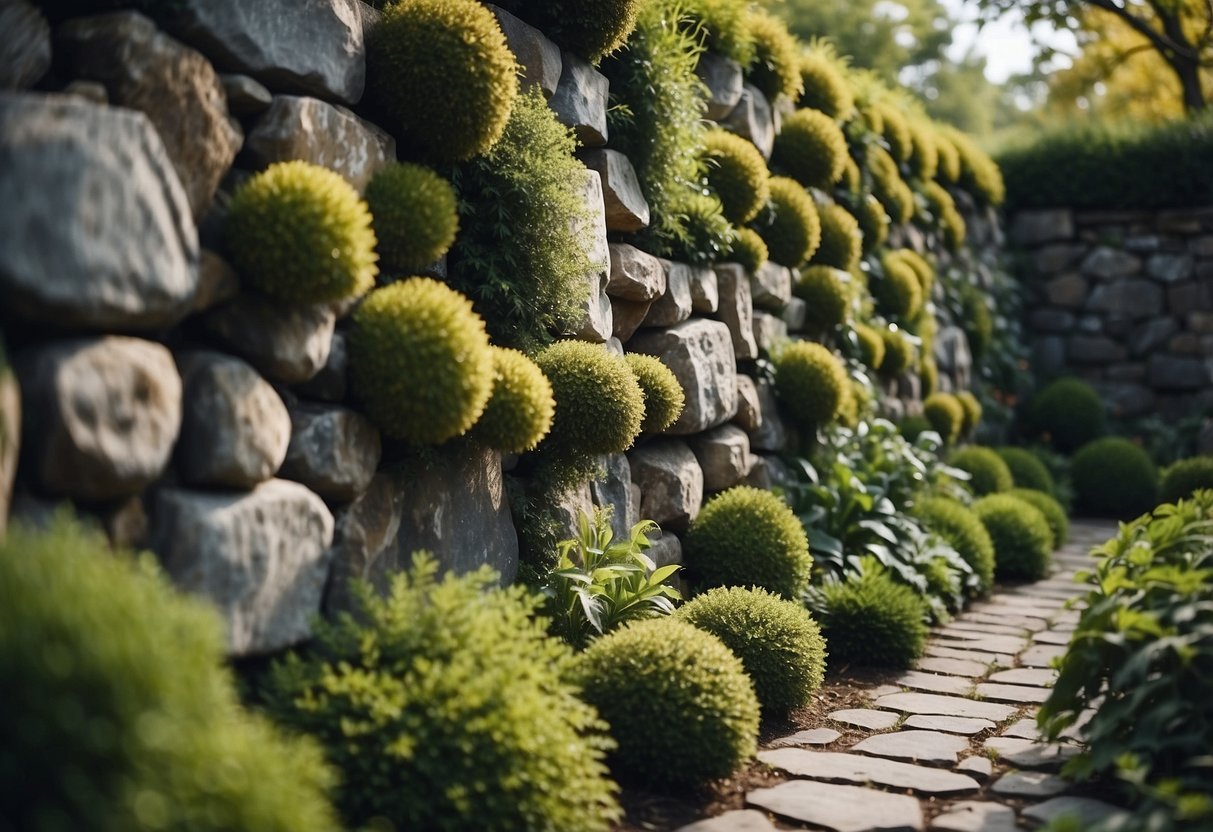
Irregular stone walls can add charm to your garden. They give a rustic look and blend well with nature.
You can use different sizes and shapes of stones for a unique effect. These walls work well for separating areas or creating raised beds.
Building an irregular stone wall is a DIY project you can take on. It’s fun and rewarding!
6) Spiral Herb Gardens

Spiral herb gardens are a fun and creative way to grow herbs. These gardens use a spiral design to maximize space and create different growing conditions.
You can build them with materials like stones, bricks, or recycled items. They are beautiful and can fit in almost any space. If you want to try something unique, consider a spiral herb garden for your yard.
This design is also easy to manage. You can plant and harvest herbs without straining, as the plants are within easy reach. This makes gardening more enjoyable and accessible.
7) Crooked Arbors

Crooked arbors can add a whimsical touch to your garden. These structures don’t need to be perfectly straight. They can give your garden a unique flair.
Use crooked arbors as a focal point. Place them at the entrance or along a winding path. Grow vines on them to create a lush, green look.
For inspiration, consider combining metal arches to form a winding path. This creates a sense of enclosure and adds character to your garden’s odd shape. More ideas can be found by looking at gorgeous garden arbor ideas.
8) Undulating Lawn Edges
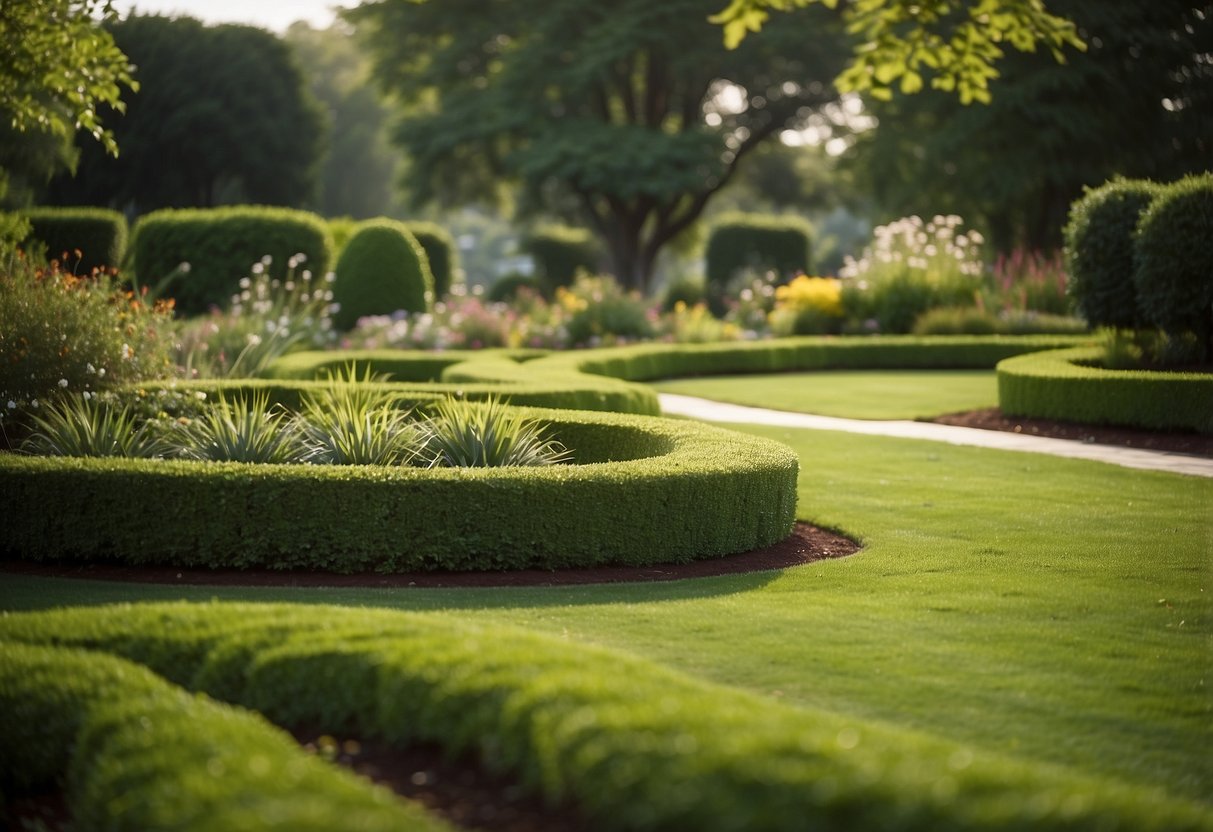
Undulating lawn edges can transform an oddly shaped garden into a charming space.
Curving lines draw the eye along the contours, making the garden feel more dynamic and interesting.
This approach works well with both large and small gardens, adding a sense of movement and flow.
You can pair undulating edges with different materials like gravel or mulch for added texture.
Consider planting low-growing flowers or shrubs along the curves for extra color and definition.
Create soft waves to blend seamlessly with other garden features, enhancing the overall appeal.
9) Meandering Water Features
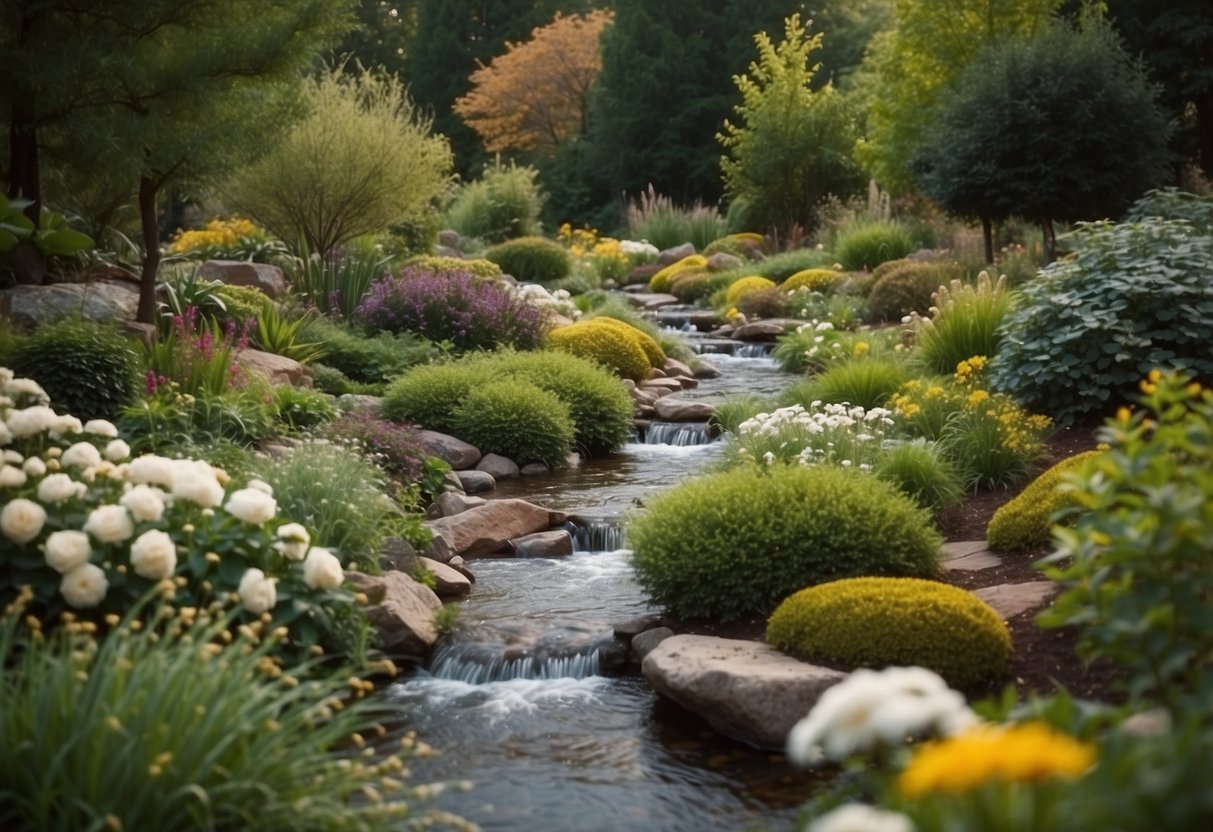
You can make your garden look more natural and cozy with a meandering water feature.
A winding stream or small river can snake through the space, adding soothing sounds and movement.
You’ll find that placing rocks and plants along its edges enhances its charm. It can be a perfect fit for different garden shapes without feeling forced or out of place.
Design Principles for Odd Shaped Gardens

Transforming an awkward garden into a beautiful space involves smart planning. Focus on maximizing light, space, and creating strong focal points for an engaging design.
Maximizing Space and Light
Oddly shaped gardens can often feel cramped. To make the best use of space, break the area into zones. Use different materials like gravel, pebbles, or pavers to define these zones. This method can make small spaces appear larger and more organized.
Lighting is key. Natural light can be maximized by trimming overgrown trees or hedges. Consider installing solar lights along pathways or at the base of feature plants. They not only improve safety but also enhance the ambiance during evenings.
Mirrors are an excellent tool to reflect light and create an illusion of depth. Place them strategically against walls or fences. Additionally, vertical gardening can save space and draw the eye upwards, making the garden feel more expansive.
Creating Focal Points
Strong focal points can distract from the garden’s odd shape. Elements like a pergola, a statue, or an elaborate fountain can draw attention and add charm. These features give the eye something appealing and purposeful to focus on.
Think about height when designing your focal points. Adding vertical structures such as trellises or archways can guide the eye upwards and make the garden appear larger. Even simple elements, like a beautifully arranged seating area, can serve as an inviting focal point.
Plants can also be focal points. Choose a few large, striking plants or trees to stand out. Their presence can mask irregularities and draw your attention to their beauty rather than the garden’s shape. By thoughtfully choosing and placing focal points, you can turn any awkward space into a delightful garden.
Integrating Structures and Features
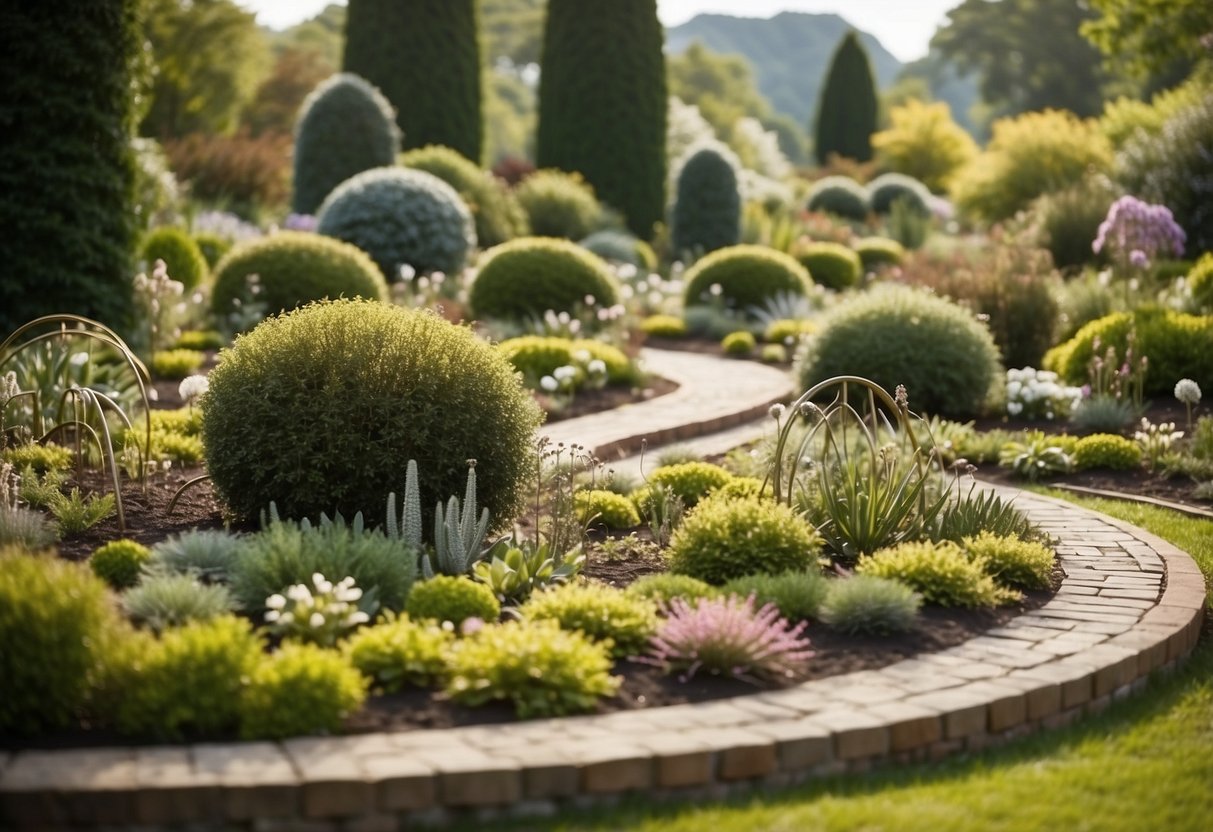
Incorporating structures and features can transform an oddly shaped garden. Specific elements like pathways and water features can make your garden both functional and visually appealing.
Pathways and Walkways
Creating well-placed pathways and walkways can help define the space in an odd-shaped garden. Use materials like gravel, pebbles, or stone to create a more natural look. Curved paths can guide the eye and soften sharp angles, making the garden feel more cohesive.
Plant borders along the pathways to add color and texture. Tall plants and shrubs can help hide less attractive areas or sharp corners. Adding lighting along the paths ensures safe navigation and can enhance the garden’s ambiance in the evening.
Integrating steps or terraces can manage changes in elevation, especially useful in sloped gardens. This not only makes the garden easier to navigate but also creates interesting visual layers.
Water Features
Employing water features can add tranquility and a focal point to your garden. Ponds or small fountains can be placed in corners to utilize space better. Position these features where they’re visible from different angles in your garden to maximize their impact.
Use waterfalls or streams to draw attention through the garden, making even the most awkward shapes feel intentional. These features can also help mask noise from nearby roads or neighbors, creating a more serene environment.
Surround water features with plants like ferns or water lilies to create a natural look. This integration makes the garden feel like a cohesive ecosystem. Regular maintenance ensures the water remains clear and the feature continues to be an attractive focal point.
For more ideas on transforming awkward garden shapes, including utilizing these specific features, you can check out helpful resources on Design Solutions for Oddly Shaped Backyards – Houzz.







